It is not new for Eduprenuers, especially in the online learning space, to constantly experiment with new tech tools. Ever since BYJU’S, India’s earliest and most valuable EdTech, changed the outlook towards online learning, many innovations have cropped up. Additionally, educators are actively exploring and implementing innovative Edutech solutions in the industry.
Learning & Development (L&D) practices are ever-evolving. However, the one thing that remains constant is imparting knowledge and providing high-quality education. What initially started as an experiment is now evolving and disrupting traditional brick and mortar learning. The enhanced teaching methods and technology-driven, interactive ways of engaging with students are redefining the education sector.
While 2020 might have been a speed bump for many industries, EdTech saw a multifold increase in sales.
We finished our best month in April despite being free but we’re expecting to double that [revenue] in the next three to four months,” says BYJU’S Co-founder and CEO Byju Raveendran
(Source: YourStory)
The pandemic also taught us why digitization is the way forward.
Additionally, with global advancements in internet services finding their way to every nook and corner of the planet, we can never say that the education industry has reached the pinnacle of innovation and experimentation. Today we will introduce the top eleven EduTech trends that will impact the education industry soon.
Top 11 EduTech Trends
1. Interactive Video and Media:

Digital learning is quickly growing. Unlike the traditional classroom and blackboard learning, interactive teaching helps grab the attention of students better. But, the biggest challenge that content developers face is delivering engaging curriculums. For instance, it is easy to get distracted by digital media. Hence educators must add proper hooks to keep learners gripped.
Google Digital Unlocked, an initiative by Google in collaboration with the Indian School of Business and Ministry of Electronics and Information Technology promotes digital awareness. Along with the interactive videos, it asks for timely responses and actions during the learning process. This helps in retaining their focus throughout the course session.
2. Augmented & Virtual Reality: (AR / VR)

AR/VR is extensively gaining ground in the education sector. The use of virtual reality could make traditional learning more interactive and replace textbooks. Furthermore, for subjects like Biology, Physics, Geography, History, and more, an online 3-D learning mode can help students understand the concepts better. It can yield more results than traditional blackboard learning or printed books. Furthermore, AR/VR enables learners to recreate a three-dimensional reality in front of them. Imagine learners being able to picture the human anatomy or vegetation in a particular place in 3D view with the help of VR glasses. To give you an example, Cleveland Clinic at Case Western Reserve University trains human anatomy and surgery through AR-based 3D human models.
Holography, or 3-D holograms is related to VR and is also an interactive way of engaging with learners.
3. Machine Learning:
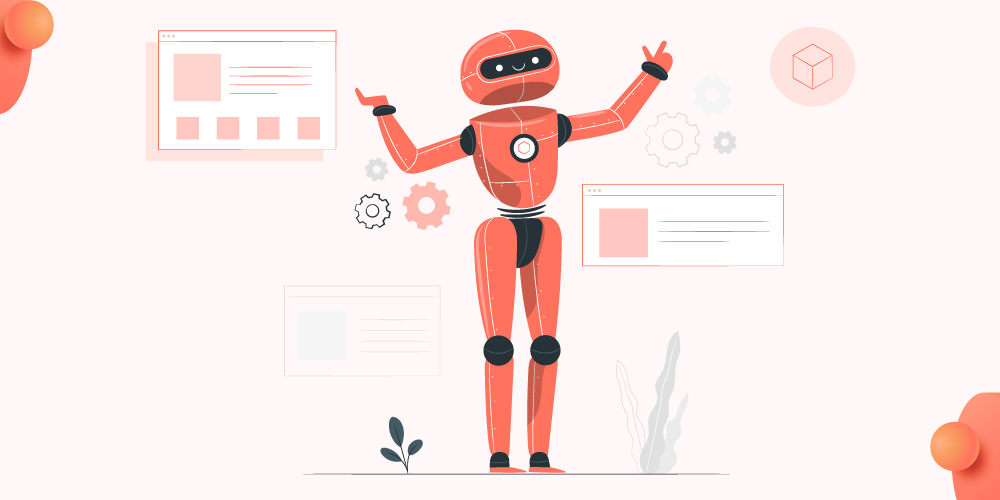
Machine learning or ML can predict and analyze student intent with great accuracy. Advanced analytics helps draw insight into how students are interacting with the content and various learning tools. Additionally, this allows organizations to draw actionable data on student performance and use learning analytics to intervene wherever necessary. Mentors can understand student requirements and reach out to them at the right time.
The following are the applications of ML in education:
- Content analytics to optimize content pieces
- Learning analytics to derive actionable insight on student performance and prompt following steps
- Gamification in learning
- Grading systems that assess and score student responses for subjective and objective questions individually or as a group
4. Deep Learning:
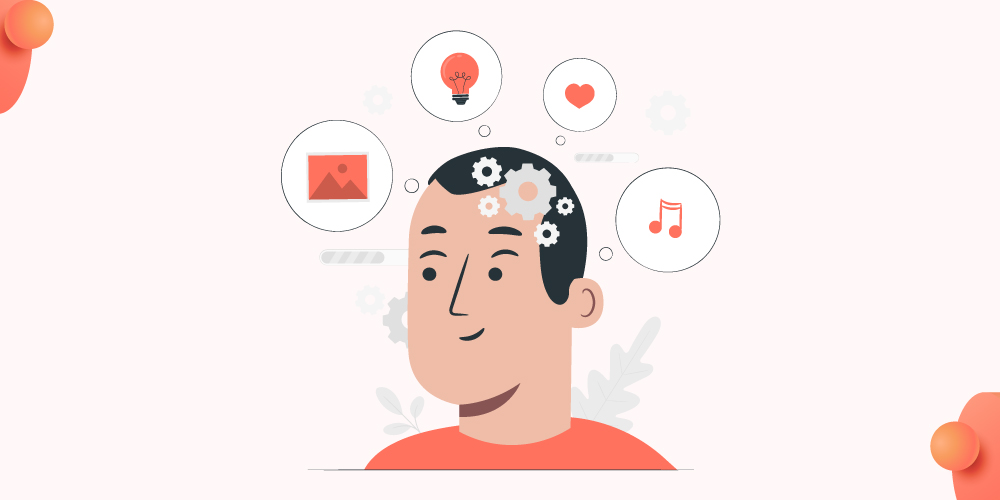
Deep learning, a subset of machine learning, is a binary view of how the human brain functions hence, educators can leverage this to process data and understand the intent of the learner.
For example, tutors can use deep learning to figure out common mistakes that students make in objective examinations and pin-point them. Deep learning can also help educators and benefit students with their application process. Through predictive modeling, it is easy to map students and their preferred courses. For instance, the system using a repository of student databases and institutions can let them check eligibility, open seats, tutors, and apply at available institutions from a single dashboard.
5. Internet of Things (IoT):
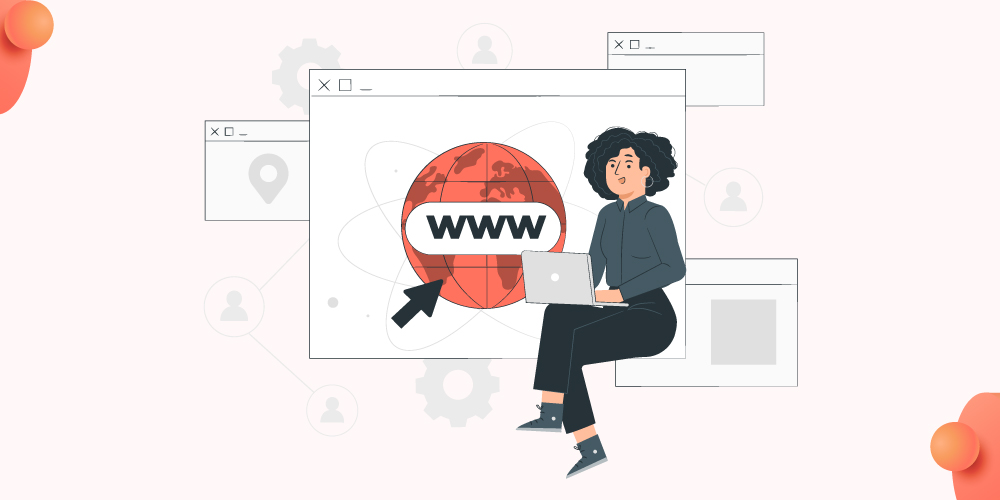
IoT (Internet of Things) can help build a connected classroom. IoT devices give students better access to learning materials and communication channels. They also give teachers the ability to measure student learning progress in real-time.
For example, ScanMarker, a Kansas City-based company, has built a digital highlighter. This highlighter can quickly scan editable text from books, papers, and other documents directly into a phone, tablet, or computer. It saves the time students spend on writing or making notes.
There are many more applications of IoT in education. With wearables and hand-held devices, educators can collect live student data. It can help them understand the challenges that students face while learning. By understanding the learner’s challenger, instructors can revamp the course modules.
6. STEAM Learning:

STEAM-based learning is an add-on to the conventional STEM program. There have been many improvements around this space. Additionally, EduTechs are innovating around Science, Technology, Engineering, Arts (a recent addition), and Maths. The goal is to educate students by solving real-world problems through creative learning methods.
In short, STEAM drives curiosity among students to learn more about practical situations and come to a logical solution. It encourages students to think outside the box. Additionally, peer-to-peer engagement helps students brainstorm and experiment on different ways of reaching a solution.
7. Wearable Technologies (WT):
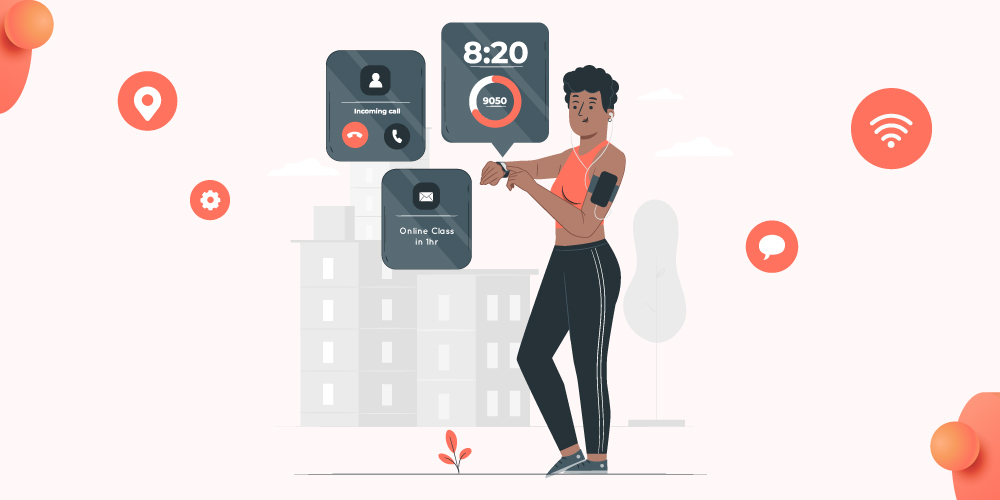
The latest advancements around this space have been phenomenal. Although at the R&D stage, the wearable technology (VR glasses, smartwatches, etc.) is anticipated to gain traction in education. It can help redefine the student experience to a whole new level. For example, VR glasses can picture realistic models which is practically impossible to draw on paper.
8. Gamification:
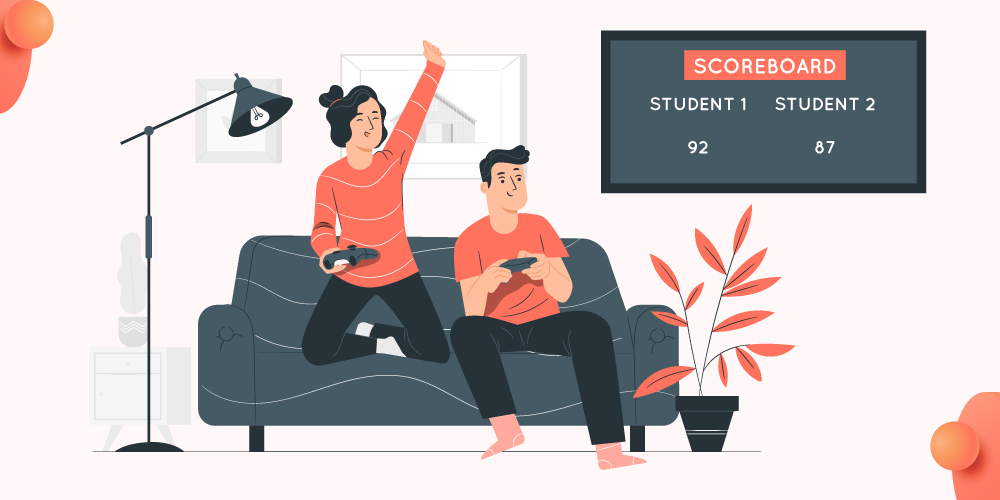
A common misconception has been that gamification is only needed for the K-6 segment and below. However, to make learning more interactive and fun, gamified learning is necessary. Gamification establishes a competitive learning environment where students compete and score points for their performances. Even though gamification is prevalent in the K-12 segment, it is quickly emerging amongst all other sectors.
9. Mobile Devices:

I remember the time when I had to sneak in my cellphone to class, a decade ago. However, smartphones are now becoming a part of education. Even for traditional classroom learning, BYOD -Bring Your Own Device is gaining ground. According to Cisco, by 2022, online videos will make up more than 82% of all internet traffic. This is 15 times higher as compared to 2017. Hence proving the widespread adoption of mobile devices in education.
The key use cases of mobile phones in education are as follows:
- Access to video tutorials
- Chats and online discussion forums
- Using social media as a medium for learning
EdTechs such as Unacademy widely use platforms such as YouTube to provide interactive content to learners.
10. Learning Experience System (LXP):
An LXP, unlike a Learning management system (LMS), provides complete autonomy when it comes to defining a learning path for the learner. It offers curated content at the right time. An LMS gives access to the entire course database – overwhelming the learners. But think of an LXP as a roadmap of a learner as every learner has their own pace and preference of learning. An LXP provides flexibility in choosing the curriculum flow rather than following a predefined course curriculum.
11. CRM Technology for Administrative Tasks
In education, the content has by-far been the king. Most organizations, however, forget the student experience in the process. The student journey starts when they start exploring courses, and the experience they get in this journey strengthens their career goals.
Educational institutions are investing in software technologies to make their admission process more efficient. It also helps them identify the best-fit candidates and reduce the college drop-out rates. One such solution widely in use today is Education CRM.
It helps institutions in the following ways:
- Automate student inquiry capturing through multiple sources: Social media websites like Facebook, Instagram, etc., publisher panels, organic searches, landing pages, digital ads, and offline channels.
- Automate lead distribution based on learner attributes, campus location, and courses offered.
- Enable omnichannel communication

Bottom Line:
Edupreneurs have seen a steep rise towards innovation in education. Innovative learning solutions have brought about a change from push-learning to self-directed pull-learning.
BYJU’S Co-founder and CEO, Byju Raveendran shares, “This is just the beginning of how tech can help improve teaching and learning. Students are more tech-savvy and adapt easily. But teachers are struggling to use tools like Zoom, Google Classroom, and others. So, a middle ground has to be established and simpler tools have to be created. Hence, more institutions have to open up to a blended form of learning. There will be opportunities in B2B. Developments and innovations around co-curricular skills will also emerge.” (Source: YourStory)
In Short, new-age EdTechs are leveraging a learner-centric approach with more emphasis on the student experience. According to Towards Maturity, 19% of learners leverage curation tools for self-directed learning. Furthermore, digitalization is aiding organizations to switch to a flipped-classroom structure and one needs to equip themselves to provide that experience to mentors and learners.
Find out how LeadSquared CRM can help you in your digital transformation journey!
FAQs
EduTech or Educational technology is an application of Information Technology in the education industry to facilitate learning. The use of digital tools is helping educational institutions switch to a flipped-classroom learning structure and provide a positive experience to both mentors and learners.
Some of the best practiced EduTech trends are as follows:
1. Education/EdTech CRM
2. Interactive video u0026 Media
3. Augmented and Virtual Reality (AR/VR)
4. Machine Learning
5. Deep Learning
6. Internet of Things (IoT)
7. STEAM Learning
8. Wearable Technology (WT)
9. Gamification
10. Mobile Devices
11. Learning Experience System (LXP) u0026 Learning Management System (LMS)
Also read:








